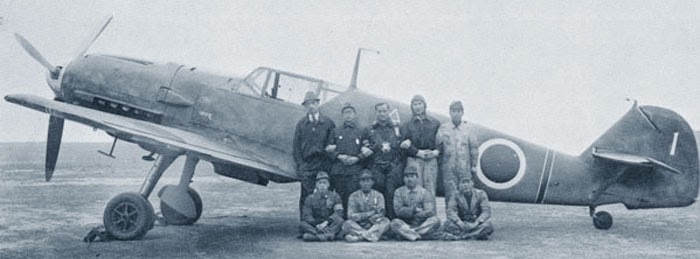Quite the logistics on such a transfer. Did they send the parts over by submarmarine?
I cant imagine they sent a whole aircraft by submarine given the size of submarines at the time, however there were also several flights from occupied Russian territory that may also have carried cargo.
Wikipedia has this:
With submarines remaining practically the only link between Nazi-controlled Europe and Japan, trade was soon focused on strategic goods such as technical plans and weapon templates. Only 20–40% of goods managed to reach either destination and merely 96 persons travelled by submarine from Europe to Japan and 89 vice versa during the war as only six submarines succeeded in their attempts of the trans-oceanic voyage:
I-30 (April 1942),
I-8 (June 1943),
I-34 (October 1943),
I-29 (December 1943),
I-52 (March 1944), and the German submarine
U-511 (August 1943). Before
I-29 embarked on her voyage to German-occupied France in December 1943, she had rendezvoused with the German
U-180 during an earlier mission to the Indian Ocean. During this meeting on 28 April 1943, Indian freedom fighter Subhas Chandra Bose transferred to
I-29, thereby becoming the only civilian exchange between two submarines of two different navies in World War II.
U-234 on the other hand is one of the most popular examples of an aborted Yanagi mission in May 1945. Amongst others, her cargo included examples of the newest electric torpedoes, one crated Me 262 jet aircraft, a Henschel Hs 293 glide bomb, and 560 kg of uranium oxide. Whether the uranium was weapons-grade material has not yet been clarified, however.
On rare occasions, German surface ships were able to reach Japan as well. These included auxiliary cruisers
Michel and
Thor, which were brought to Yokohama after the Kriegsmarine chiefs realized in the late 1942 that it would not practical for them to return to Germany-controlled European ports.[72] German supply ships (
Uckermark) and foreign ships captured by German merchant raiders would come to Japanese ports as well.

